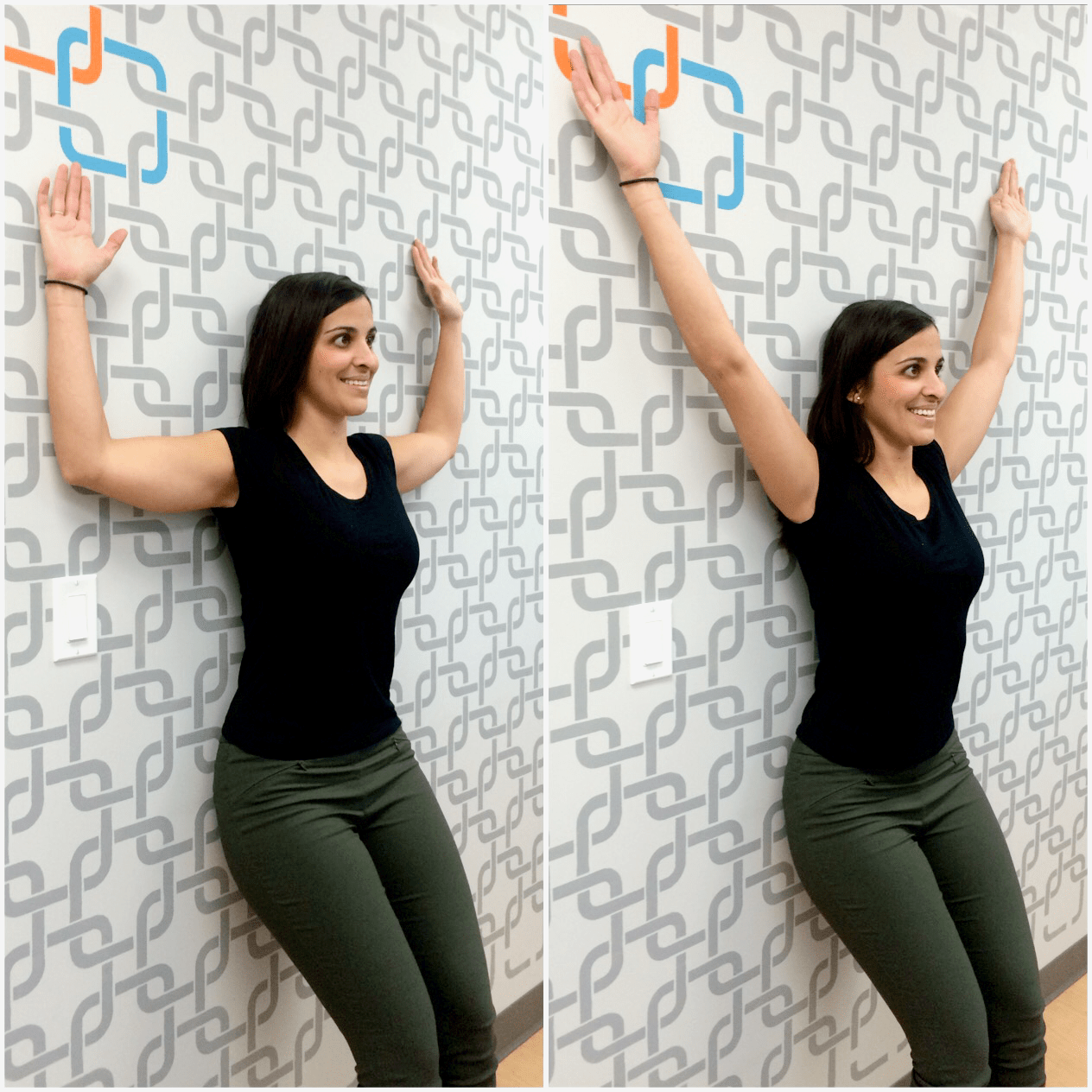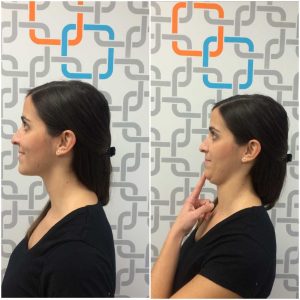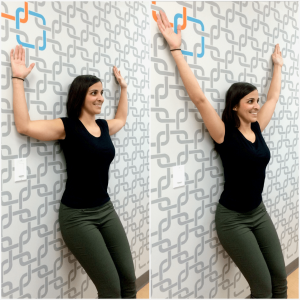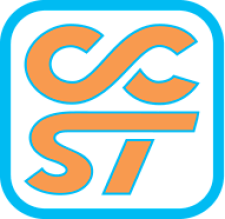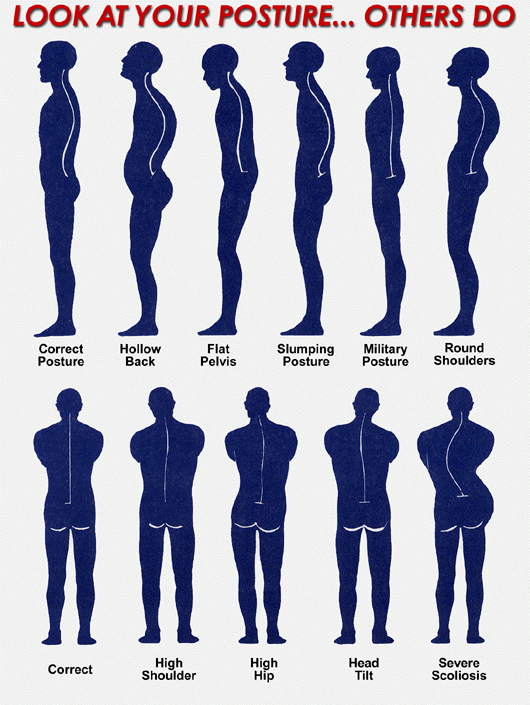Regularly we have patients coming to the clinic complaining of neck pain. Most commonly these patients are reporting discomfort after sitting for long hours at their desk or pain worsening throughout the day. I am not saying all neck pain is the same but a generalized tight and stiff neck is commonly caused by bad sitting habits and poor neck posture.
This poor head and neck posture increases the stress on your muscles, ligaments and joints, causing the postural deconditioning model- which Dr. Kara talked about here. This deconditioning can lead to neck pain, headaches and jaw pain.
So what can you do to stop the de-conditioning?
Try these two simple exercises which only take a couple minutes. I always say to do these exercises once an hour every hour. Sneak them in before you head to lunch, at every red light, once you have sent off an email or after you have liked a picture from our instagram. Yes once an hour every hour seems like a lot but that is only ~12 times in your day and should only take you 24 minutes. Ultimately you would benefit doing these exercises 3 times a day but 12 would be even better!
The Chin Tuck: A very “attractive” exercise, creating the double chin effect.
This exercise helps decrease forward head posture by strengthening your neck muscles. You can do this exercise standing, sitting or even laying down on a mat on the floor.
When doing this exercise seated or standing:
- Start with your shoulders rolled back and gently pulled down.
- Look straight ahead, and move your chin straight back. (Make sure you chin is not flexed forward or tilted backwards)
- Hold for 5 seconds and release for 1 second.
- Repeat 10 times
You are all done and that only took 1 minute! I perform these at red lights, while pushing my head into the headrest for some resistance. Notice after performing the exercise in the car that you may need to adjust your mirror as you will be sitting taller. If you plan on doing this laying on the floor, place a small towel behind your head so you have something to push your head back into.
Wall Angels:
This exercise helps open your shoulders back and strengthen your shoulder blades. This exercise can be performed standing against a wall or laying on the floor.
- Stand with your back against the wall.
- Place your feet a few inches from the wall and have a slight bend in your knees. Your head, spine and glutes should be flush against the wall.
- Bring your arms up in a “Goal Post” position on the wall, your elbows bent with your upper arms parallel to the floor, and back of the hands touching the wall.
- Hold this position for 2 seconds
- Slowly straighten your elbows while sliding your hands up the wall to form a letter “Y”. Pay attention not to shrug your shoulders to your ears.
- Hold for 2 seconds
- Repeat 10 times
Again that only took 1 minute. Good work
You are on your way to better neck health and posture. If you need any help with these exercises just ask me.
Written by Dr. Shereen Kangarloo BSc, DC
Be social and share this post.
